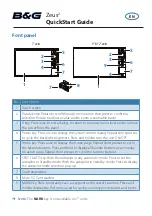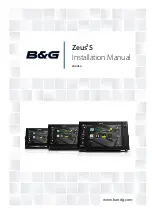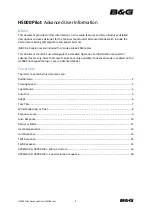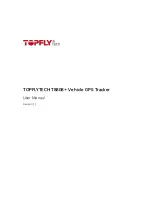
your position is our focus
5.3.3 Reflow
Soldering
A convection type-soldering oven is strongly recommended
over
the
infrared
type
radiation
oven.
Convection
heated
ovens
allow
precise
control
of
the temperature
and
all
parts
will
be
heated
up
evenly,
regardless
of
material
properties,
thickness
of
compon
ents
and
surface
color.
Consider
the
"IPC-7530
Guidelines
for
temperature
profiling
for
mass
soldering
(reflow
and
wave)
processes,
onent
leads
and
balls.
Residual
humidity
will
be
dried
out.
Please
note
that
this
preheat
pha
•
temperature
r
it
may
cause
excessive
slumping.
e:
60
–
120
seconds
If
the
preheat
is
i
to
be
ely,
if
performed
excessively,
fine
balls
and
large
ted
in
clusters.
caused
in
areas
containing
large
heat
capacity.
The
temperature
rises
above
the
liquidus
temperature
of
216
-
221°C.
Avoid
a
sudden
rise
in
temperature
as
the
•
Peak
reflow
temperature:
230
-
250°C
brittle)
of
the
solder
and
e
mechanical
tensions
in
the
products.
Controlled
cooling
helps
to
achieve
bright
solder
fillets
with
a
ape
•
Tempe
ax
3°C
/
s
ote
To
avoid
falling
off,
the
ANTARIS
®
4
GPS
Module
should
be
placed
on
the
topside
of
the
motherboard
during
soldering.
The
final
soldering
temperature
chosen
at
the
factory
depends
on
additional
external
factors
like
choice
of
soldering
paste,
size,
thickness
and
properties
of
the
base
board,
etc.
Exceeding
the
maximum
soldering
temperature
in
the
recommended
soldering
profile
may
permanently
damage
the
module.
published
2001".
Preheat Phase
Initial
heating
of
comp
se
will
not
replace
prior
baking
procedures.
Temperature
rise
rate:
1
-
4°C/s
If
the
ise
is
too
rapid
in
the
preheat
phase
•
Tim
nsufficient,
rather
large
solder
balls
tend
generated.
Convers
balls
will
be
genera
•
End
Temperature:
150
-
200°C
If
the
temperature
is
too
low,
non-melting
tends
to
be
Heating/ Reflow Phase
slump
of
the
paste
could
become
worse.
•
Limit
time
above
220°C
liquidus
temperature:
20
-
40s
Cooling Phase
A
controlled
cooling
avoids
negative
metallurgical
effects
(solder
becomes
more
possibl
good
sh
and
low
contact
angle.
rature
fall
rate:
m
N
GPS
Modules
-
System
Integration
Manual
(SIM)
(incl.
Reference
Design)
Product
Handling
GPS.G4-MS4-05007-A1
Page 129
















































